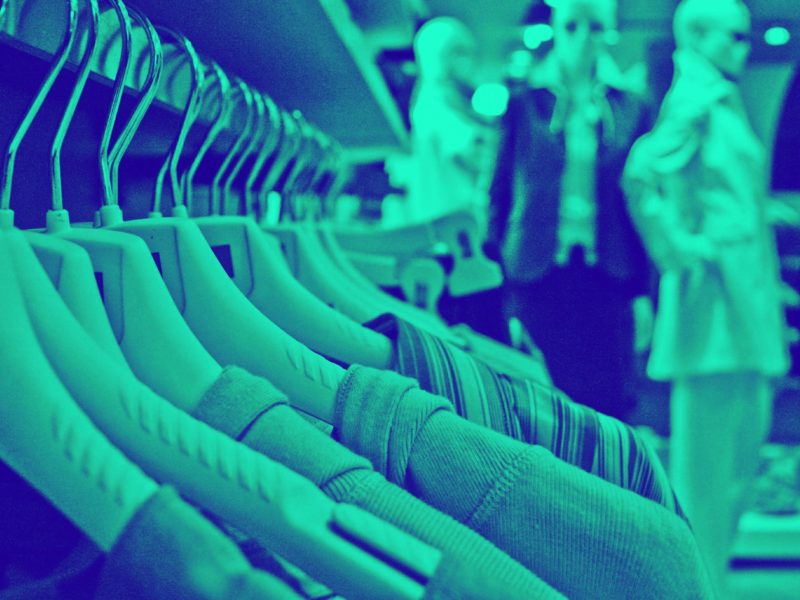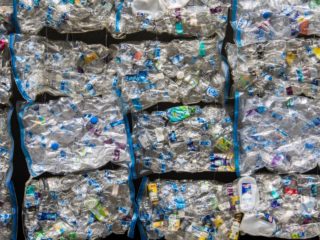Sustainable fashion. What does that mean? And how do we know that our purchases are truly sustainable? So often when we try to do the right thing, it’s difficult to know whether we’re making environmentally friendly decisions.
Table of Contents
What is Sustainable Fashion?
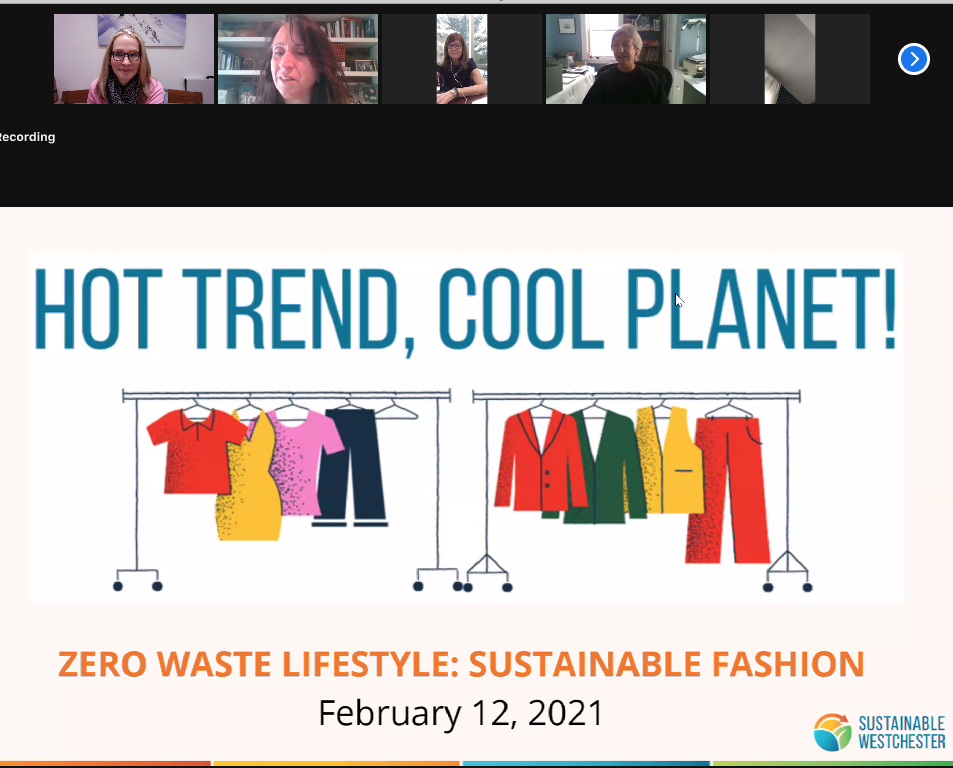
Sustainable fashion is fashion that’s designed to be environmentally friendly in every aspect of design, manufacture, distribution, and disposal. This is a tall order, and all too often, apparel companies cut corners in their never-ending quest to keep costs down.
I recently spoke on a panel on sustainable fashion and the significant environmental challenges faced by the fashion industry. This industry is responsible for approximately 10% of global greenhouse gas emissions, consuming large amounts of natural resources in its linear approach to production and manufacturing.
Then there’s the waste that comes from clothing we’ve purchased and are now ready to toss. Where does it all go? Most is incinerated or landfilled, with only 15% recycled. According to the World Resources Institute, all that waste is enough to fill 1.5 Empire State Buildings every day!
A lot of bad news, to be sure. The good news is that you don’t have to deny yourself beautiful, stylish clothes. I love clothes! They’re an expression of our moods, taste, and personal style. By making smart choices, you can fill your wardrobe with selections that are right for you, your wallet, and the planet.
Knowledge is (Green) Power
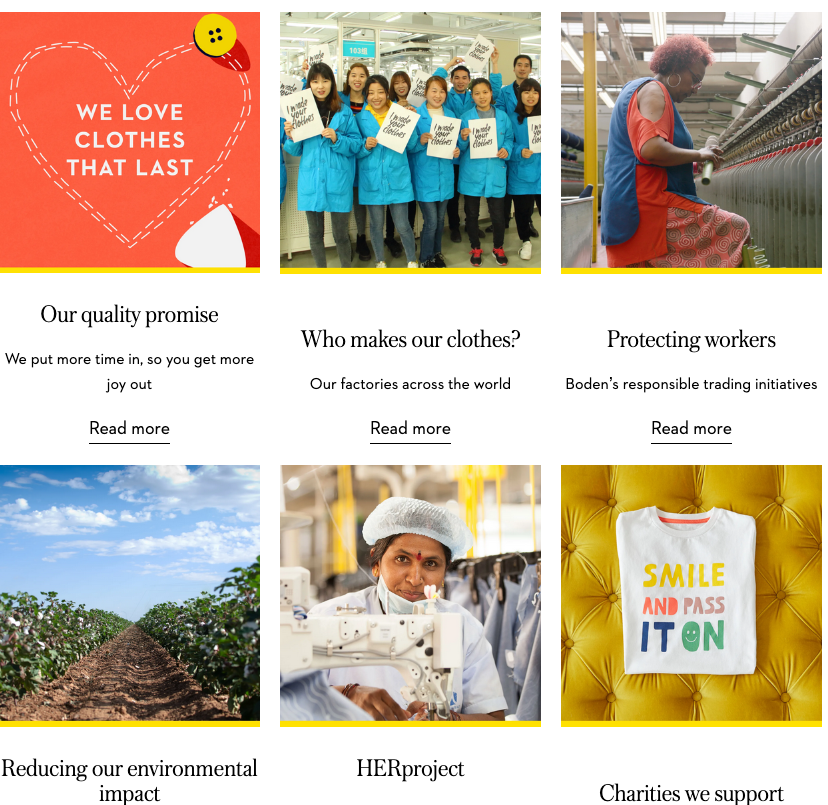
What’s the most effective way to make sustainable fashion purchases? Buy less new clothing! If you do plan to buy new, however, take a few moments to do some background checking into the brand and its business practices. Armed with a bit of information about the clothing you intend to buy will help you make smart (green) purchases and avoid being fooled by greenwashing tactics.
A quick browse of a brand’s website will give you a sense of what the company prioritizes. Things to look for:
- Is sustainability mentioned and does it prioritize sustainable fashion?
- Does it use organic or other sustainable materials, and minimal raw materials in the production of its clothing?
- Does it prioritize quality in its products?
- Does the company use ethical labor practices?
- Does it donate a portion of its profits to an environmental or social cause?
- Does it use minimal and recycled materials in its packaging?
Sustainable Fashion Resources
Want to learn more? Check out Green That Life’s articles on clothes recycling and the environmental impacts of the clothing industry. In addition, there are a number of excellent books listed on Green That Life’s Best Environmental Books page related to sustainable fashion and our consumer culture.
Check With the Experts: Accreditation Agencies
Another way to gauge a brand’s commitment to sustainable fashion is to check labels for certifications from reputable accreditation agencies. You can also visit these agencies’ sites and search their databases of accredited companies before you start shopping.
Here are some of the most trusted certification agencies. See also Green That Life’s post on Greenwashing. It includes a full list of reputable agencies and additional resources.
- B Corp
- Carbon Trust Standard
- Fair Trade Certified Seal
- Better Cotton Initiative
- Global Organic Textile Standard
Trust Your Instincts
Even if you don’t know that much about a brand’s business practices, let your instincts guide you. Feel the product. Is it made well from good quality materials that last?
Consider the big picture in your sustainable fashion purchases: How green, for example, are shoes made from recycled plastic bottle caps when they’re wrapped and stuffed in plastic and tissue, and then shipped to you in more unnecessary packaging? Or if the company sells eco-friendly clothing but their business practices are not sustainable?
Put on your greenwash-detecting glasses to get a clear picture of a brand’s promotional material and imagery. Does it use a lot of unsubstantiated jargon and buzzwords, such as “eco-friendly,” “all-natural,” “ethical,” “cruelty-free”? Is there an over-abundance of “green” imagery in its advertising?
Of course, the easiest way to avoid being fooled is to limit new purchases!
Sustainable Fashion is Used Fashion
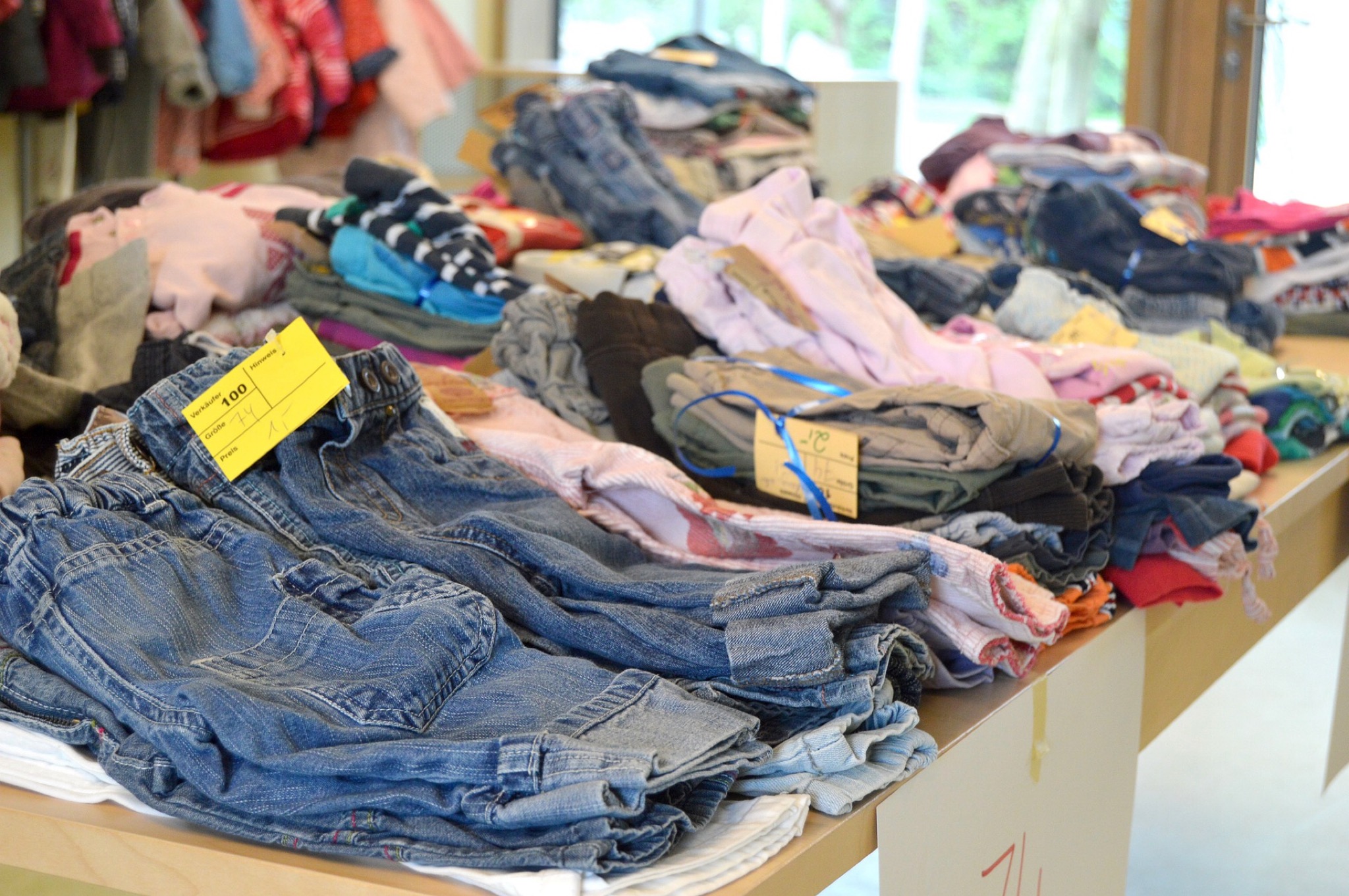
Pre-Loved Clothing
Purchasing new clothing from sustainable brands is good. What’s better? Buying used clothing! The carbon footprint of pre-loved items is substantially lower than their new counterparts. And with used clothing invariably less expensive than new, this is a good thing for the planet and for your wallet.
Here’s more good news: The secondhand clothing market is booming. As the industry responds to consumer demand, the choices and options available for us shoppers in the resale market will only expand and be enhanced.
The current selection of online sites for preloved clothing and accessories is endless, from kids’ and men’s clothing to high-end luxury items. Don’t forget the physical stores, including thrift, vintage, and consignment stores. Shopping at these stores is also a great way to support local businesses.
Clothes Swap
Another economical way to stay sustainable in your sustainable fashion acquisitions is to participate in a clothes swap. A clothes swap is a type of party, virtual or in-person, where you can exchange gently-used clothing.
Anyone can host a clothes swap. The host sets the ground rules — as in, how many clothing items each person brings, the type of clothing, and the format of the swap. At the end of the party, any unwanted items can be donated or recycled.
For organized swaps, take a look at the growing number of online sites that cater to every need, such as Swap Society. There are also social media groups and swap apps, such as This for That, Rehash, and TradeMade. These all work in a similar fashion where you upload photos and details of the items you want to swap and then you can trade with other members.
Buy Less and Choose Well
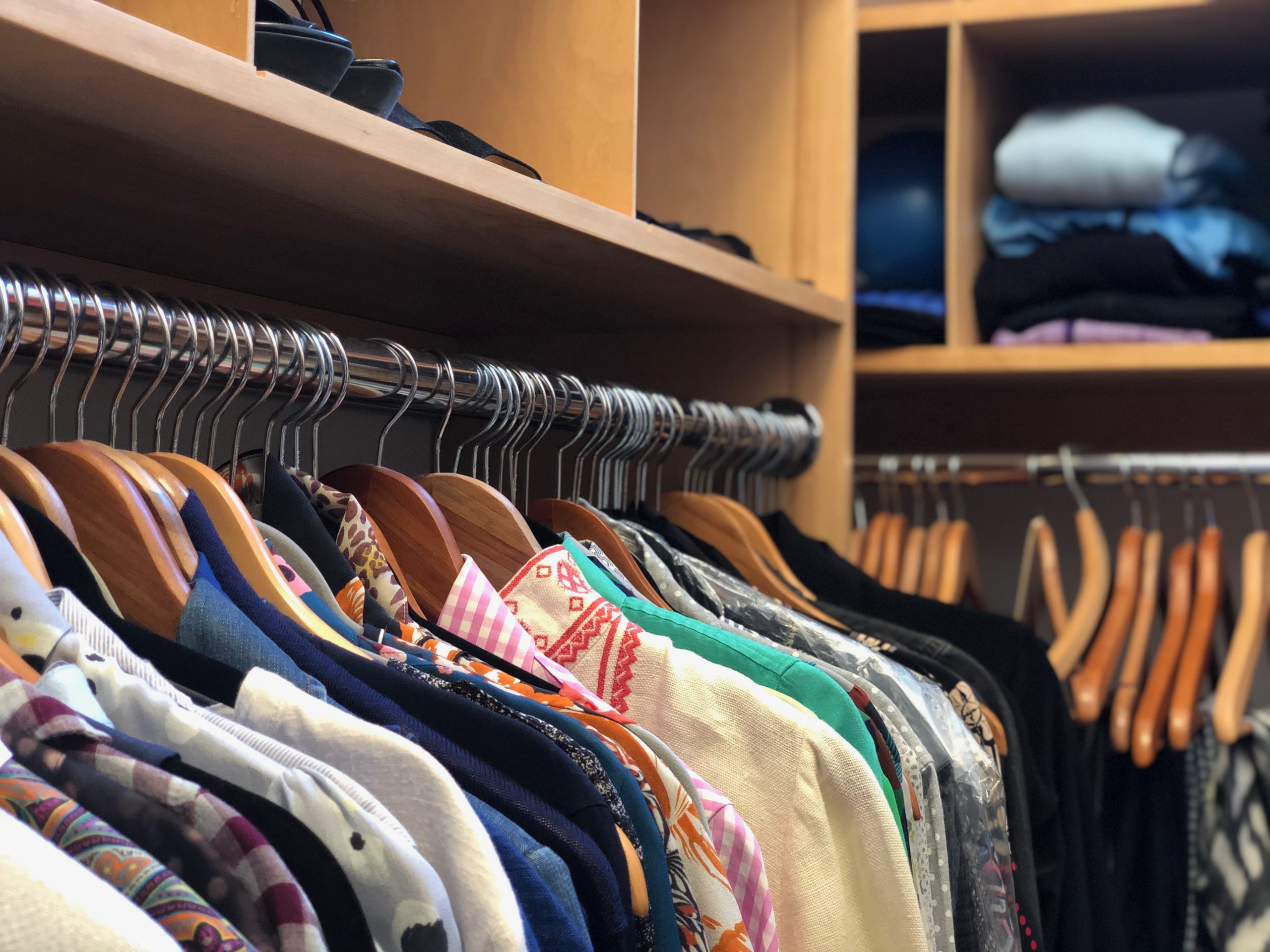
Shop Your Wardrobe
The best way to stay sustainable with your sustainable fashion items is to buy less and “reuse” what you already have in your closet. Change your mindset from treating clothing like yet one more single-use product that’s used and tossed immediately. Instead, rethink your approach to clothing and treat them as durable, reusable items to be enjoyed for years. So, before giving in to that impulse to buy something, whether new or used, take inventory of your closet: Do you have three black skirts? Do you really need another?
Take Care of Your Clothes
When I was a child, my winter coat was actually my mother’s childhood coat! It was made with good quality material and had lasted the decades until I wore it. The mindset back then was to keep what was well-made and use it until it was in threads.
I’ve struggled with the popular mantra that we should always get rid of an unworn item after a year. There are pieces of clothing and accessories I’ve owned for years – decades – and many of these well-made items come back in style. I simply give them a bit of a dusting and – voila! – I have a “new” pair of pants or bag.
I don’t keep everything, of course, but good quality items can last for years with proper care: wash only when needed, use the cold cycle as much as possible, and use environmentally friendly cleaning products.
Don’t Toss, Repair!
Before you throw out a damaged piece of clothing, determine whether it can be repaired or cleaned.
If you don’t know how to repair the damaged item, find a Repair Cafe in your area. These meetings bring people together with experts who teach attendees how to fix a variety of household items. The Repair Cafe concept is a direct reaction to our throwaway culture and is an important part of a circular economy.
Become an Activist with Your Wallet
The current fashion industry business model is completely unsustainable for the planet and for fashion’s low-wage workers, but it’s working for the owners of these brands.
How do we make it hurt for them? Vote with your wallet! By buying less, disposing of unwanted items in an environmentally responsible way, and purchasing from sustainable brands, we collectively – and cumulatively – put pressure on the industry to take responsibility for this environmental mess and force them to make systemic and institutional changes.

